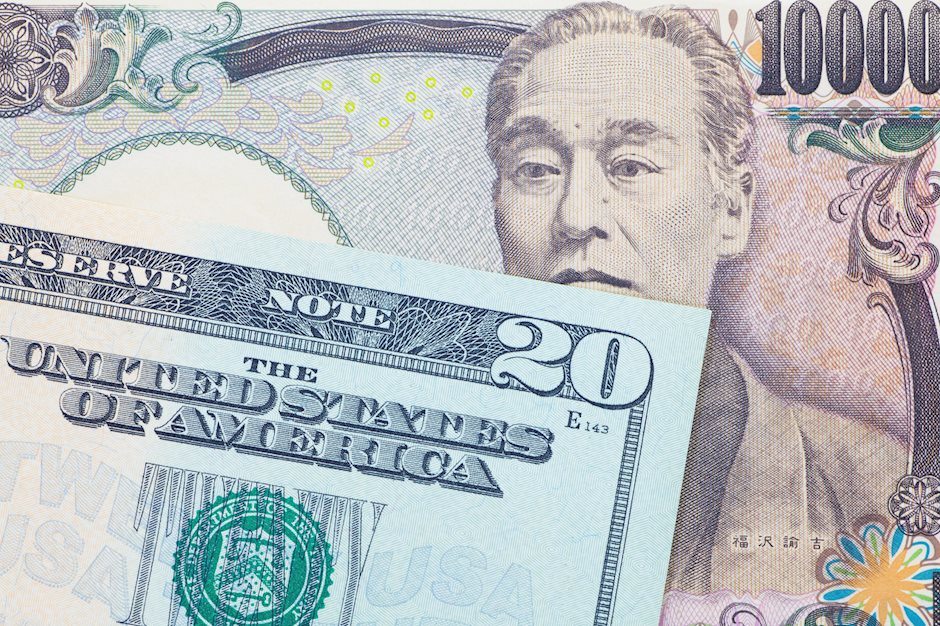USD/JPY Price Analysis: Plummets below Ichimoku-cloud, eyes further downside
- USD/JPY drops below Ichimoku Cloud, first since January 15, hinting at possible extended downtrend.
- Bearish RSI suggests further falls; supports at 155.00, 154.55, 151.86.
- Resistance at 156.33; breach may push to 157.00, potentially reversing trend.

The USD/JPY plummets over 0.85% and drops below the Ichimoku Cloud (Kumo) for the first time since January 15. This is an important milestone yet pending to be confirmed by a daily close below 155.90. At the time of writing, the pair trades at 155.65 after hitting a daily high of 157.10.
USD/JPY Price Analysis: Technical outlook
The USD/JPY is set to extend its losses if it achieves a daily close below the Kumo. This would be the fifth technical signal using Ichimoku to confirm the downtrend, which could pave the way for a deeper pullback.
Momentum favors sellers as depicted by the Relative Strength Index (RSI) aiming lower beneath the 50-neutral line.
Therefore, the USD/JPY path of least resistance is tilted to the downside. the first support would be the 155.00 figure. A breach of the latter will expose the June 4 low of 154.55, followed by the May 3 bottom at 151.86. Further losses are seen under that level, like the March 8 low at 146.48.
On the other hand, if buyers lift the exchange rate past the top of the Kumo at 156.33, that can open the door for a leg-up. The next resistance would be 157.00.
USD/JPY Price Action – Daily Chart
Japanese Yen FAQs
The Japanese Yen (JPY) is one of the world’s most traded currencies. Its value is broadly determined by the performance of the Japanese economy, but more specifically by the Bank of Japan’s policy, the differential between Japanese and US bond yields, or risk sentiment among traders, among other factors.
One of the Bank of Japan’s mandates is currency control, so its moves are key for the Yen. The BoJ has directly intervened in currency markets sometimes, generally to lower the value of the Yen, although it refrains from doing it often due to political concerns of its main trading partners. The current BoJ ultra-loose monetary policy, based on massive stimulus to the economy, has caused the Yen to depreciate against its main currency peers. This process has exacerbated more recently due to an increasing policy divergence between the Bank of Japan and other main central banks, which have opted to increase interest rates sharply to fight decades-high levels of inflation.
The BoJ’s stance of sticking to ultra-loose monetary policy has led to a widening policy divergence with other central banks, particularly with the US Federal Reserve. This supports a widening of the differential between the 10-year US and Japanese bonds, which favors the US Dollar against the Japanese Yen.
The Japanese Yen is often seen as a safe-haven investment. This means that in times of market stress, investors are more likely to put their money in the Japanese currency due to its supposed reliability and stability. Turbulent times are likely to strengthen the Yen’s value against other currencies seen as more risky to invest in.
Author

Christian Borjon Valencia
FXStreet
Christian Borjon began his career as a retail trader in 2010, mainly focused on technical analysis and strategies around it. He started as a swing trader, as he used to work in another industry unrelated to the financial markets.


















